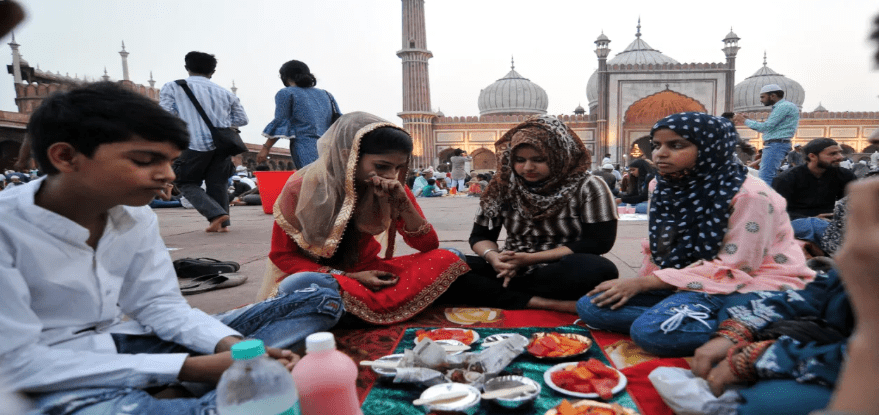
PAKISTAN’S state-owned enterprises (SOE) continue to make around Rs500 billion losses per year, caretaker Finance Minister Dr Shamshad Akhtar revealed at a presser last week. Before welcoming her promise that a new policy is in the offing to deal with this problem, let’s first see how enormous the sum of Rs500bn is in our economic context.
On September 21, the rupee closed around 292.78 to the US dollar in the interbank market. Divide Rs500bn by 292.78, and you see that this amount of rupees equals more than $1.71bn. The State Bank of Pakistan’s (SBP) forex reserves currently stand around $7.7bn, meaning that our SOE‘s annual financial losses roughly equal a fifth of the central bank’s forex reserves.
And this comparison isn’t without logic. Pakistan borrows lots of foreign funds for several reasons, including maintaining its forex reserves at a certain level. One of the principal reasons is that as the country’s fiscal gap — the difference between its income and expenses — remains large, it cannot just fill in that gap with domestic borrowings alone. It is forced to make some foreign borrowings as well.
If the fiscal deficit falls, the need for borrowing will also be limited. And since the government picks up the financial losses of SOEs, a fall in their losses will also contribute to a smaller fiscal deficit and lesser need for borrowed funds.
State-owned enterprises’ annual financial losses roughly equal a fifth of the central bank’s foreign exchange reserves
The annual loss of Rs500bn that SOEs make also forms a significant percentage of the federal government’s borrowings from commercial banks. In the last fiscal year, the federal government’s borrowings from commercial banks (on a cash basis) totalled Rs3.63bn, according to a SBP report.
The sum of Rs500bn is equal to about 13.78 per cent of this borrowing. Simply put, had our SOEs booked zero losses, the federal government’s borrowings could have been reduced by Rs500bn or 13.78pc.
Dr Shamshad Akhtar says the caretaker government is working on a policy that will help evaluate the SOE’s annual losses more correctly, adding that corrective measures will also be taken to deal with this problem. She said the government would hold on to “strategic” SOEs but gradually wean out other SOEs from their line ministries’ control. Independent boards of directors would run these companies. This is apparently a wise decision and must be welcomed.
But unless Pakistan accelerates its privatisation programme to sell those SOEs already identified as unfeasible and the privatisation drive also gets a warm response from local and international investors, one avenue of earning quick foreign exchange will remain shut. Not only that, SOEs like Pakistan International Airlines and Pakistan Steel would continue to inflict heavy financial losses on the national exchequer.
Between July 1 and September 8, the government borrowed Rs1.48tr from commercial banks, a jump of 66pc compared to the same period last fiscal year.
The principal mandate of the caretakers is to hold general elections in the country. But running the day-to-day affairs of the government is also its prime responsibility. If the caretaker government wants to introduce a new policy for reevaluating the financial losses of SOEs and if it wants to take some corrective measures to contain those losses, that too is understandable.
Reevaluation of the losses and constitution of independent boards for some SOEs will enable the next elected government to deal with this problem more effectively and will also help contain future financial losses. During the current fiscal year, they cannot impact our fiscal accounts appreciably.
Rather, reevaluating the SOEs’ losses under a supposedly impartial caretaker setup may show that SOEs are making much larger financial losses than the initially estimated Rs500bn per year. If that happens, coalescing those losses into the overall fiscal book may eventually increase this year’s fiscal deficit beyond the initial projection.
According to credible media reports, the Ministry of Finance is already struggling with the problem of underestimated domestic debt servicing cost that was projected in this fiscal year’s budget.
Any substantial reevaluation of the debt servicing cost would push the fiscal deficit to unmanageable heights. That, in turn, would necessitate the imposition of more and new taxes on people and businesses already burdened with new, numerous and enhanced taxes — and make economic growth more elusive.
How resource-starved the federal government is can be gauged from the fact that in two months and one week of this fiscal year (between July 1 and September 8), it made Rs1.48 trillion borrowing from commercial banks on a cash basis. The amount is 66pc more than the comparable borrowing of Rs978bn made during the same period of the last fiscal year.
On the one hand, this larger-than-before government borrowing is crowding out the private sector. On the other, prevailing high-interest rates and rising cost of production due to very high energy prices plus declining aggregate demand in the formal economy are putting stopers on industrial and business growth.
In July, the first month of the fiscal year, large-scale manufacturing fell 1.09pc year-on-year and 3.62pc compared with June. Let’s not forget that in the entire last fiscal year, too, large scale manufacturing output had contracted by a massive 10.26pc, forcing many industries to close or resort to periodical shutdowns and rendering hundreds of thousands of workers jobless.






